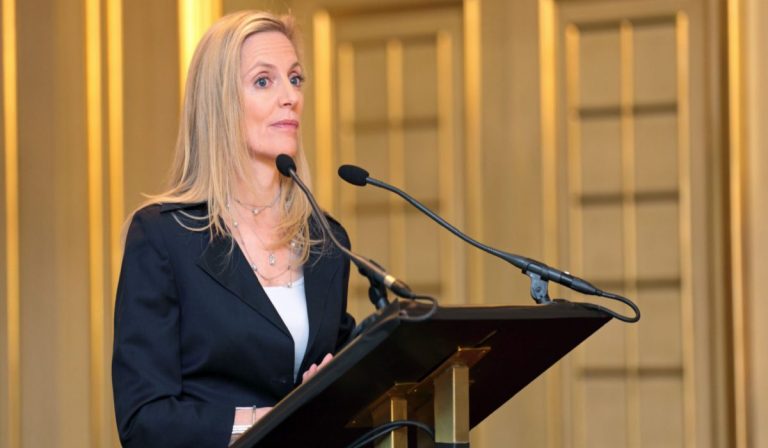Her written testimony was released by the Fed before the discussion, and in it Brainard, with a carefully crafted speech, seems to make a case for a U.S. CBDC.
First, Brainard begins with the growth of digital assets and the recent collapse of some crypto assets — but without focusing on these events, just as an example to “underscore the need for clear regulatory guardrails to provide consumer and investor protection and protect financial stability.” Here is the first subtle reference to whether the U.S. needs a CBDC. Brainard suggests that the actions the U.S. takes now should be robust to guide future evolution of the financial system, and the question is not whether “there is a need for a central-bank-issued digital dollar today, but rather whether there may be conditions in the future that may give rise to such a need.”
Second, Brainard explains how the Fed is entrusted with the issuance of government, risk-free currency and how the Fed has collaborated with the private sector to provide stable currency and operate key aspects of the payment system. The confidence and trust that people put in public money and other forms of commercial bank money has been built upon deposit insurance, banks’ access to central bank liquidity, and banking regulation and supervision, she said.
However, in her view, new forms of digital money such as stablecoins do not share the same protections and could reintroduce meaningful risks into the payments system. She continues highlighting the risks of new forms of payments and even suggests that if stablecoins or cryptocurrencies were to become widespread, there is a risk of fragmentation in the U.S. payment system into so-called walled gardens. Here is where Brainard makes another reference to the benefits of having a U.S. CBDC: “CBDC could coexist with and be complementary to stablecoins and commercial bank money by providing a safe central bank liability in the digital financial ecosystem, much like cash currently coexists with commercial bank money.”
The rest of her remarks are also important because, while she states the potential risks of a CBDC — disintermediation of banks, privacy or anti-money laundering (AML) matters — she also suggests possible policy considerations that would mitigate or eliminate these risks.
Advertisement: Scroll to Continue
For instance, to mitigate the risks of bank disintermediation — if people would massively use a U.S. CBDC instead of commercial bank money — Brainard suggests that a CBDC could be designed as a non-interest-bearing digital asset, or regulations could limit the amount of CBDC a consumer could hold or transfer. To mitigate privacy and AML concerns, Brainard explains that an intermediated system, in which intermediaries, including banks, would offer accounts or digital wallets to facilitate the management of CBDC, would leverage the private sector’s existing identity frameworks and AML programs and service provision to consumers.
Brainard also advances the next steps for the Federal Reserve regarding CBDC. In January, the Federal Reserve issued a discussion paper, “Money and Payments: The U.S. Dollar in the Age of Digital Transformation,” to solicit input from the public on this matter. The paper’s comment period closed on May 20, and the Fed received nearly 2,000 comments from a wide range of stakeholders. The next step is to publish a public summary of comments “in the near future.”
Read More: ECB, Fed, BoE Work on an Interoperable CBDC




